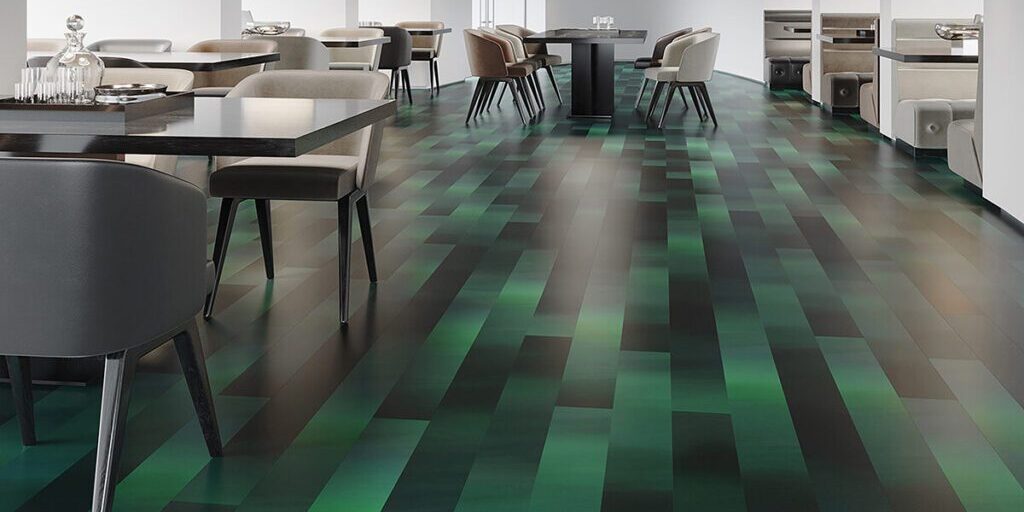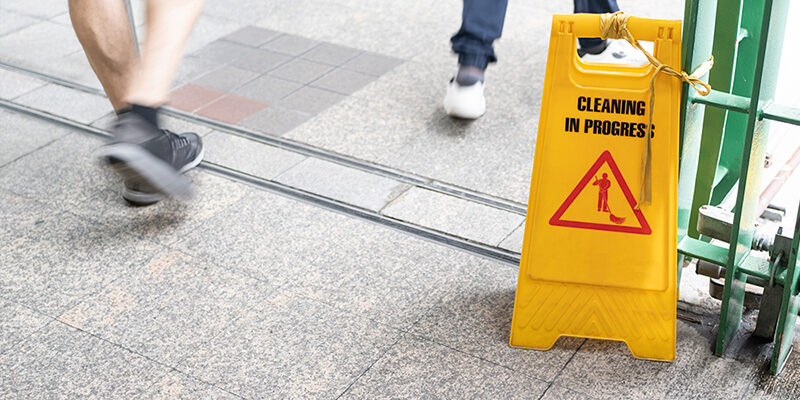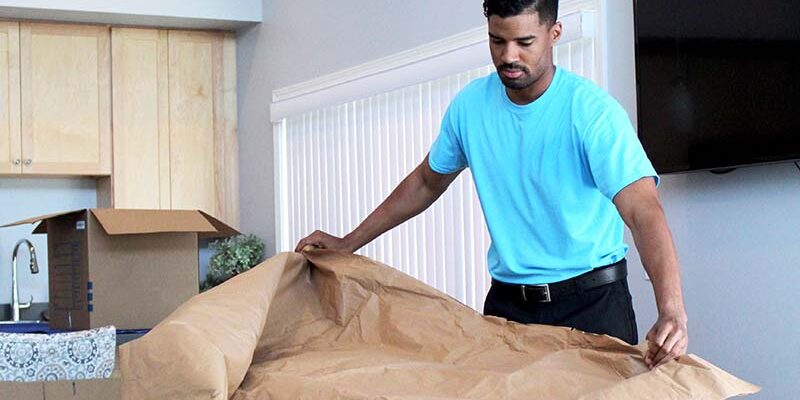The Hard Floor Bidding Challenge

Refinishing hard surface floors can be one of the most challenging, costly and labor-intensive cleaning tasks in the industry. Because of this, correctly bidding on floor care work is vital.
In recent years, bidding on floor care work has become even more challenging. This is because many facilities are delaying floor refinishing cycles by scrubbing floors more frequently and then applying a “top coat” or fresh coat of finish on the floor.
While this can help stretch refinishing cycles from every few months to as much as a couple of years, the problem is that all those “top coats” of finish build-up. Invariably cleaning professionals, as well as carpet cleaning technicians, entering the lucrative floor care market will find that it takes considerably more work, time and effort to remove all those added coats of finish.
This can actually rule out the idea of bidding floor care work simply by square footage or size of the floor area. When bidding on floor refinishing, you must consider the following questions very closely:
- How long do you expect the job take?
- How should you charge?
- How much should you charge?
Answering these three questions correctly is crucial. If you bid too high, it will likely cost you the job; conversely, bid too low and you may wish you never took the job.
How long will the job take?
There are many variables that can affect how long it takes to refinish a floor. We already mentioned that finish build-up is one. Other variables that can affect work time include:
- The age of the floor — older floors may take longer to refinish than newer floors.
- The type of floor to be cleaned, i.e. marble, cement, VCT, etc.
- The soil load on the floor and type of soil.
- The size of the area to be serviced.
- The time of day or week.
- The “density” of the work area — how crowded it is with desks, counters, tables, building obstruction, etc. — that may need to be moved or worked around.
- The size of the floor machine used — 15-, 17- or 20-inch, if rotary. The larger the machine, the quicker the job can be accomplished, but choose a machine that’s too large, and it may prove hard to maneuver.
- The type of machine used. Cylindrical machines are often easier to use when compared to traditional rotary units. They may also have greater contact pressure and edge cleaning capabilities, which can help reduce labor time.
Another factor is, according to David Frank, president of the American Institute for Cleaning Sciences, “how much the floor is worth.”
A lobby floor may be worth a lot more to a building owner/ manager than a service entry only seen and used by staff and vendors. This can make a big difference in how much time and money the facility owners/ managers want to spend on maintaining that floor.
According to studies by a major, nationwide distributor, it takes about two and a half to three man hours to strip 1,000 square feet using a 20-inch floor machine. This study also found that this time can vary depending on the machine used, as well as the technician’s expertise.
How to charge and how much to charge
As you might assume, the question of how much to charge for floor work is about the most frequent question distributors receive (and the reason for this article) when it comes to floor care. Unfortunately, as we now can see, there are so many variables. There is no single answer that works in all situations. So the following should be used as a guide.
Many experienced cleaning contractors and technicians bid small refinishing jobs on an hourly rate with a “setup fee.”
As to a small job… picture a school classroom that has been cleared of all desks and furniture. A setup fee is charged because so many of the items used in refinishing — pads, chemicals, stripper, finish, etc. — must be purchased for this one job and usually cannot be used again. Should the customer want one charge for the entire job, be sure to work the setup expenses into the final bid.
However, as with carpet cleaning, floor work is usually charged by the square foot, not by the job or the hour. This charge can range from $.35 to $1 per square foot depending on the variables mentioned earlier.
Along with those variables, your charge per square foot will be impacted by how much you must pay someone to do the work, the setup expenses required and your profit margin. On large jobs, assume your setup expenses will add about 10 to 15 percent to the bill. If your estimate is $1,000, add another $100 to $150 for supplies.*
As to the profit margin, this can vary quite significantly. On a very large job costing several thousand dollars, your profit margin may only be 10 percent. On a smaller job, it could be 30 percent or more.
Important rules to follow
Often a prospective customer will ask you to “ballpark a figure” to refinish a floor over the phone. Don’t do it.
If your ballpark estimate is too high, you’ll never hear from her again. If it’s too low, her first response when you give her an actual quote will be, “I thought you said it would be about [ball park figure] dollars.”
It’s a no-win situation. Just say, “Charge will have to be determined once I actually see the floors and the scope of work involved.”
What happens when, even after you have given the work considerable thought, have calculated all of your expenses, are comfortable with your bid, and then find you have underestimated the work and charges once you begin the job? The first thing to do is get on the phone and talk to the customer.
If this customer has had these floors refinished before, then very likely she knows your estimate was too low and will work with you… as long as she is very happy with the work. However, for very large jobs, the client may have much less flexibility. The bid you submitted is the amount they will pay.
In such cases, remember your reputation is on the line. Do the best job possible and the client will likely call you back in the future. You can then submit a more accurate charge based on your past experience with these floors.
Always remember that experience is the best teacher when it comes to estimating floor care charges. Experience will help you avoid mistakes made in the past, help you anticipate problems in the future and give you a better understanding of floor care in general so you can better estimate future jobs.
*These are estimates and can vary.
Sean Martschinke, a CIMS ISSA Certification Expert (I.C.E.), currently serves as the product manager for Tornado Industries, a manufacturer of professional floor care and other cleaning tools and equipment. He may be reached through Tornado’s website at www.tornadovac.com.












